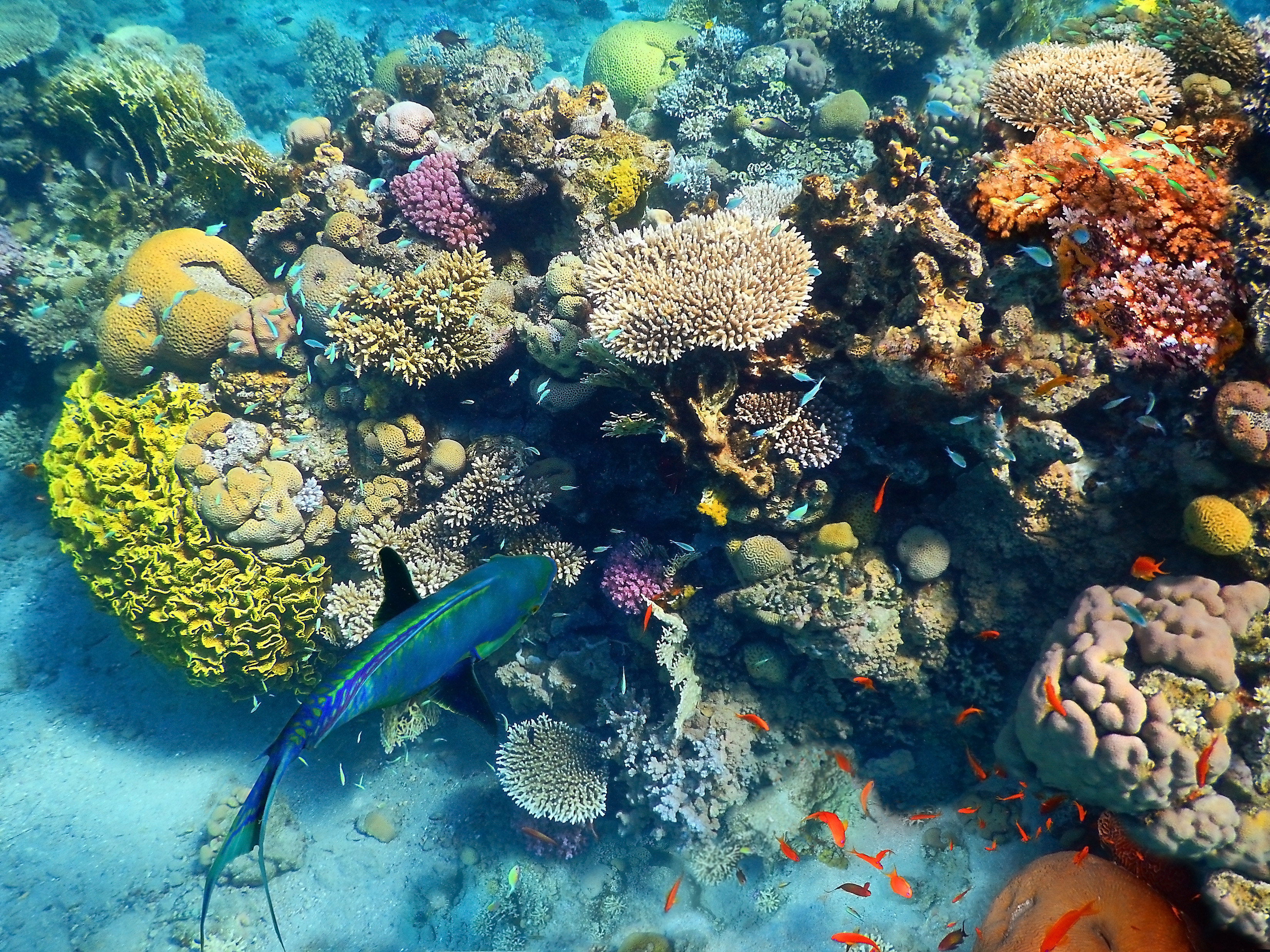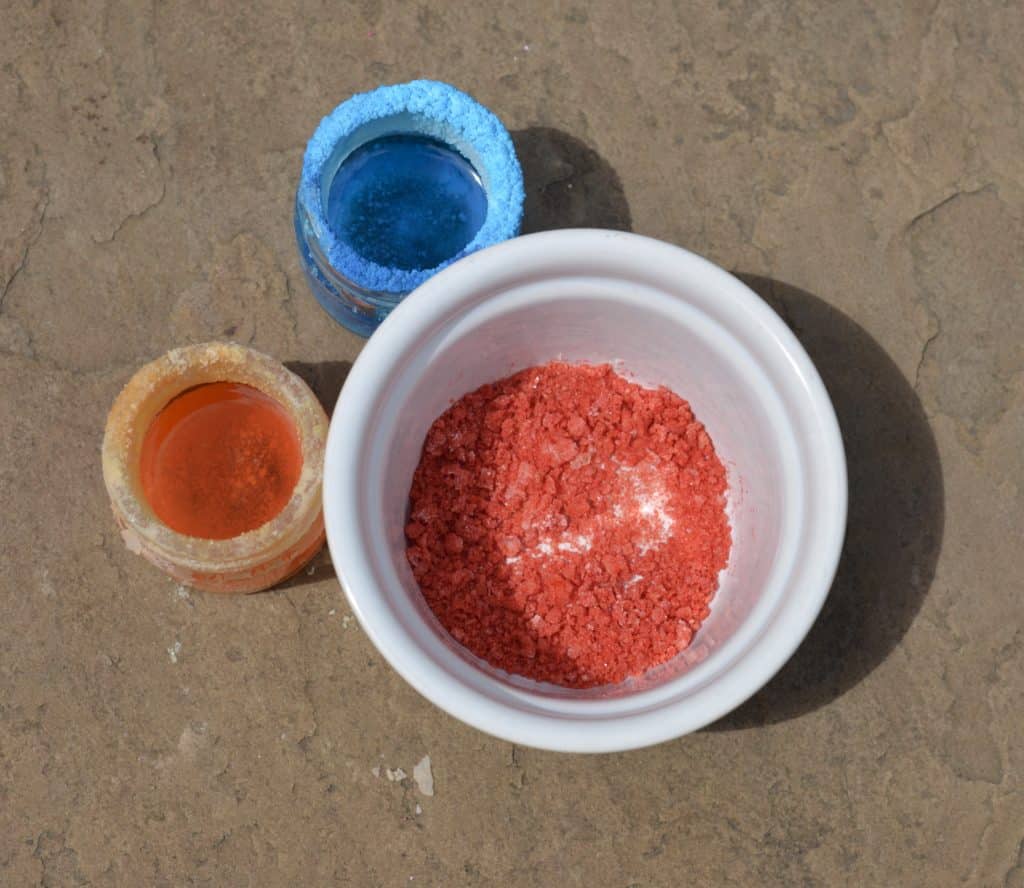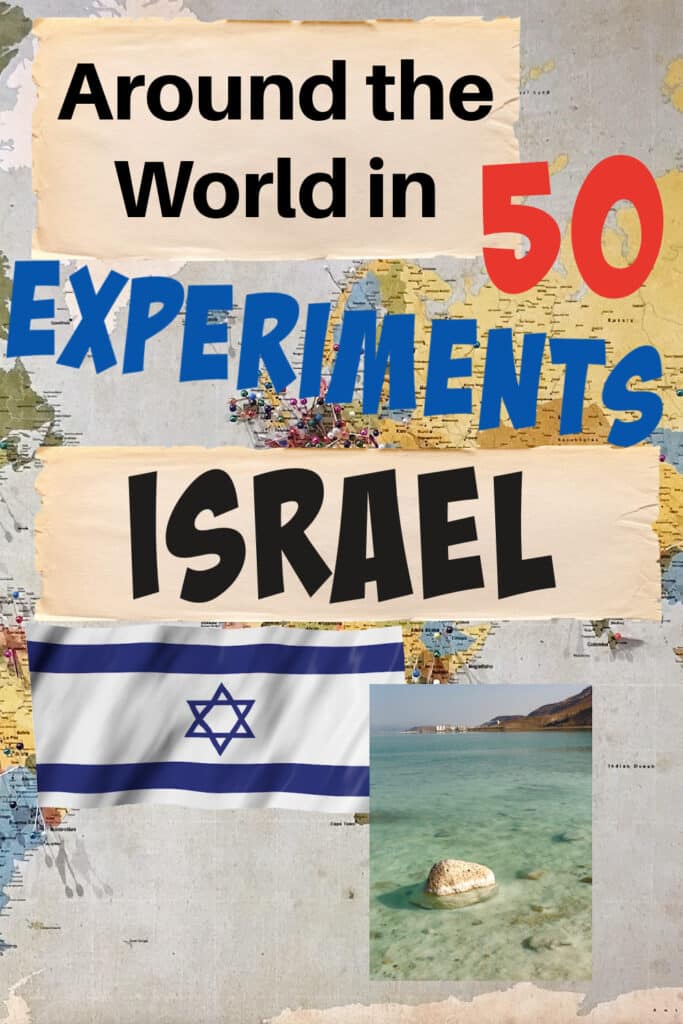It’s time to head off on another adventure Around the World in 50 Experiments. Today we’re off to Israel.

Israel is a small country in the Middle East on the eastern shores of the Mediterranean. Israel has a population of around 9 million people and shares a border with Egypt, Jordan, Syria and Lebanon. Its capital city is Jerusalem, and money, the Shekel.
Israel has a rich and complex history with many important archaeological and religious sites.

Climate
Israel’s climate is diverse, with snow-covered mountains in the north and the hot and dry Negev desert in the south.
Wildlife
Israel is home to a hugely diverse range of wildlife, including softshell turtles, Arabian oryx, marbled polecats, camels, ibex, Arabian red foxes, scorpions, venomous snakes and many species of birds.
Coral Beach Nature Reserve
Coral Beach in Eilat is a beautiful and popular snorkelling spot in the Red Sea. The reef is home to a huge variety of fish and corals. It’s the northernmost coral in the world which has formed thanks to a stable, warm climate.
Eilat’s coral reefs have so far not been affected by climate change induced coral bleaching that has occurred on other reefs around the world.

The Dead Sea
The Dead Sea sits between Israel and Jordan and is the lowest point on the Earth’s surface ( 400 m below sea level ). The warm water is so salty ( 10 times as salty as seawater ) that no animals or plants ( apart from some bacteria) can survive there. It’s actually a lake rather than a sea, surrounded by land. The River Jordan flows into the Dead Sea, but there are no outlet streams, so the freshwater from the river soon evaporates in the heat, leaving salt behind.
The mineral-rich waters are popular with locals and tourists. The high salinity of the water means it is dense enough for people to float around in.
The water level of the Dead Sea has dropped in recent years partly because of water being diverted from the River Jordan, which flows into the Dead Sea, causing concern about its future.

Model the Dead Sea
The Dead Sea is so salty that visitors can almost sit on the surface! We can make a basic model of how salty water affects buoyancy with water, salt and an egg! Another idea is to make coloured salt crystals to learn about evaporation.
Make a Model of the Dead Sea
You’ll need
Bowl or glass
Water
Table salt
An egg
Instructions
Fill the bowl or glass about two-thirds full with tap water.
Place the egg carefully into the water. It should sink. If the egg floats in tap water, it’s probably not a fresh egg, so try a different one. Did you know only fresh eggs sink?
Remove the egg and add 5 tablespoons of salt to the water. Stir until the salt has dissolved. Try the egg again. If it still sinks, add more salt and try again. Keep adding salt until the egg floats.
You’ve made your own model of the Dead Sea!

Make Coloured Salt Crystals
These coloured salt crystals are very easy to make and look fantastic! They are also a great demonstration of evaporation.

You’ll need
Bowl or jug
Table Salt
200ml warm water
Spoon
Plate
Food colouring
Instructions
Carefully pour the water into a jug.
Add two tablespoons of salt and stir until it dissolves.
If you want coloured salt, add a little food colouring to the mixture and stir again.
Pour a small amount of the salty mixture onto a flat bowl or plate and leave it somewhere warm. Outside in the sun or on a sunny windowsill is perfect.
After a few days, you will see crystals of salt appear on the plate.

This is what happens when freshwater from the River Jordan flows into the Dead Sea. It evaporates in the arid climate leaving salt crystals behind.
Extension tasks
Read more about Israel’s fascinating history.

Last Updated on May 9, 2023 by Emma Vanstone

Leave a Reply